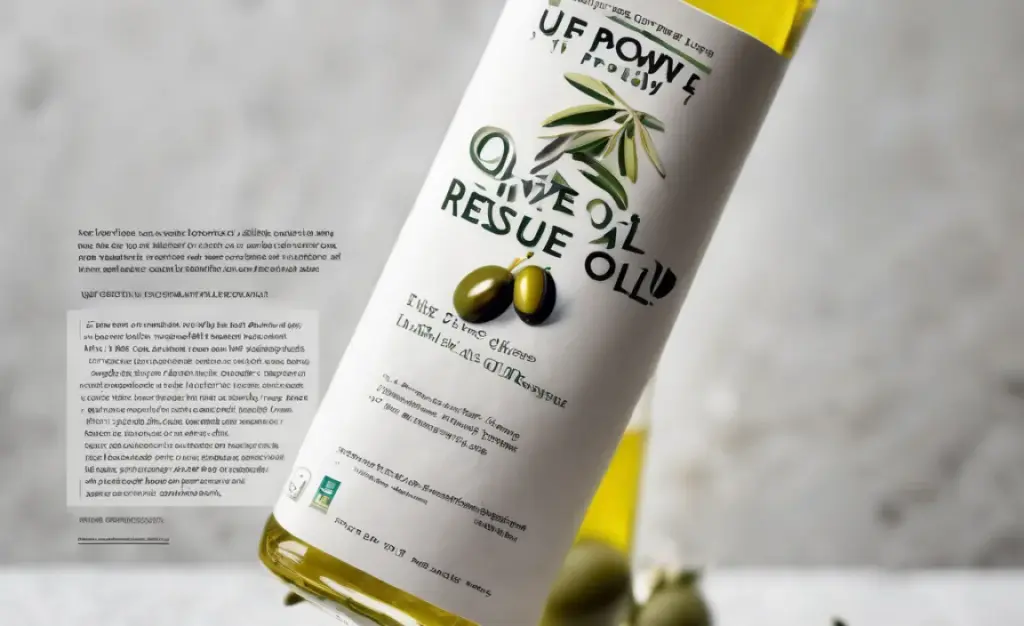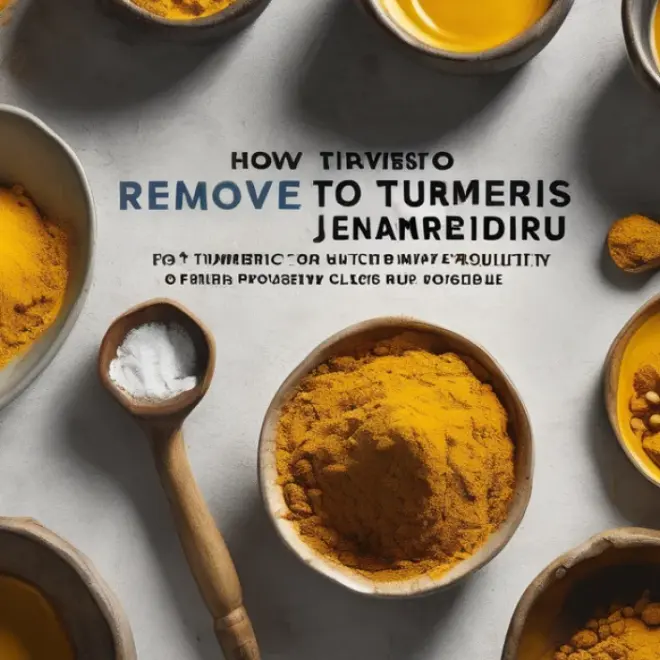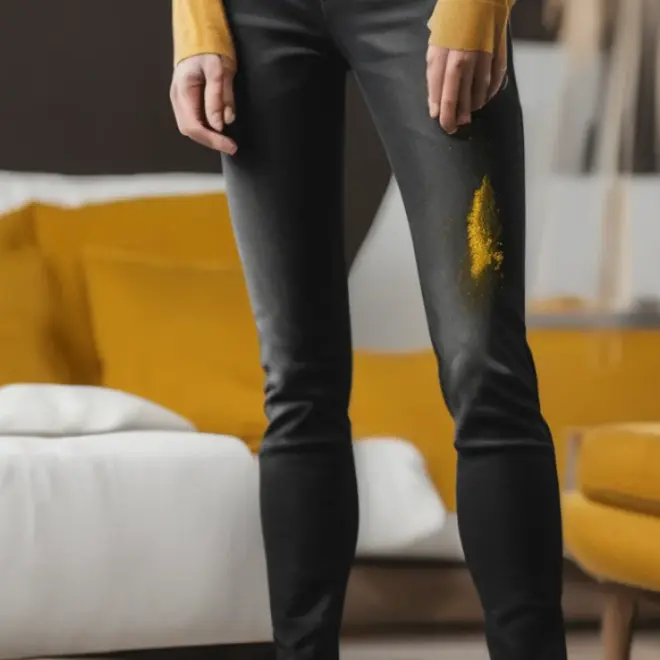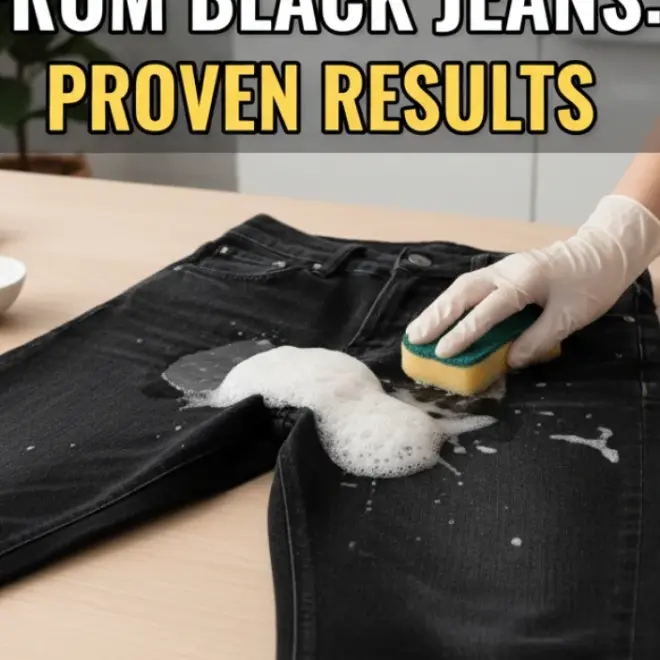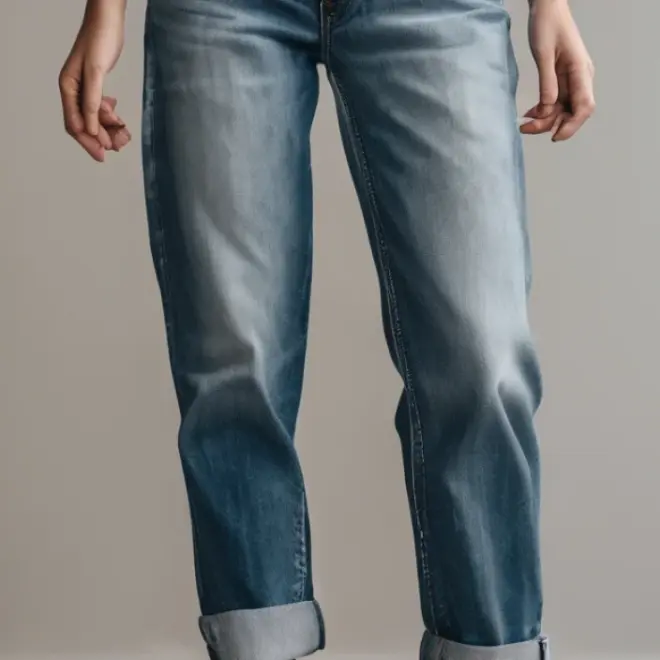Quick Summary: Easily remove olive oil stains from white jeans by acting fast. Gently blot, apply a degreasing agent like dish soap, let it sit, and then wash. This proven method ensures your favorite white denim is saved with simple, effective steps.
How to Remove Olive Oil From White Jeans: Proven Rescue Steps
Oh, a rogue splash of olive oil on pristine white jeans – it’s a fashion emergency no one wants! Whether from a salad dressing mishap or a cooking spill, that greasy spot can feel like a permanent disaster. But don’t panic! White jeans are surprisingly resilient, and with the right approach, you can rescue them. Let’s dive into a foolproof guide to banish those olive oil stains and get your favorite pair looking as good as new.
This article will walk you through everything you need to know, from immediate actions to the best cleaning agents and final washing tips. You’ll gain the confidence to tackle this common clothing woe head-on. Get ready to say goodbye to stubborn oil stains!
Why Olive Oil Stains White Jeans?
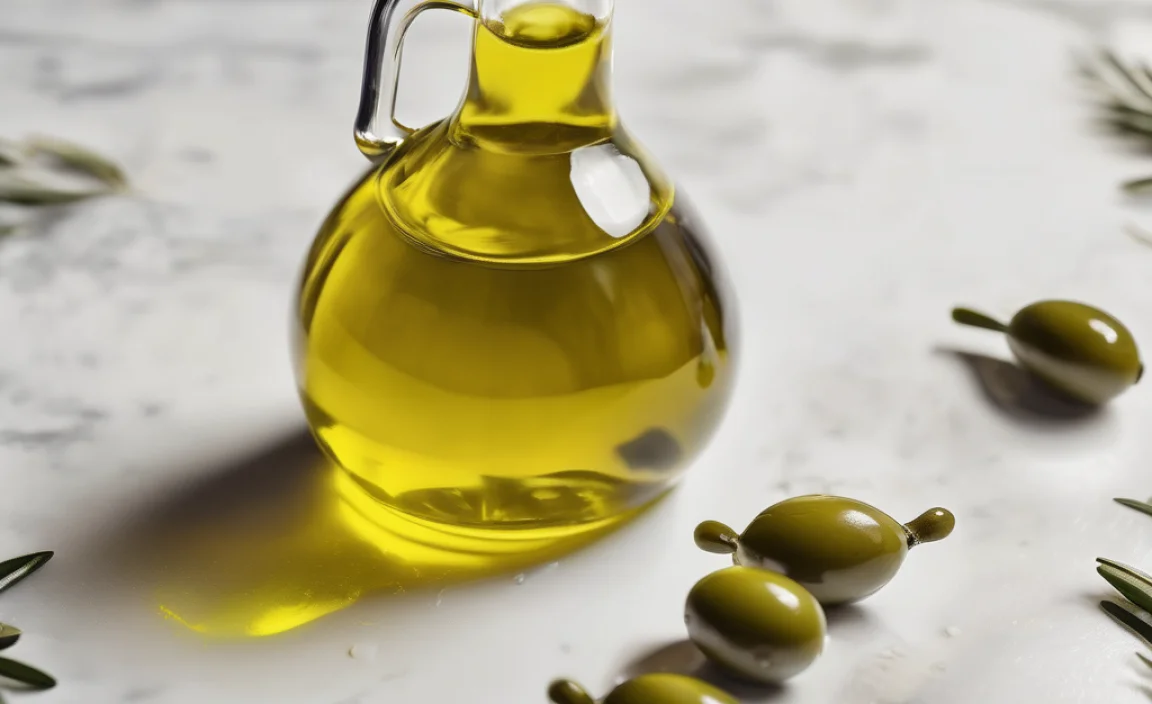
Olive oil is a natural fat, and like all oils, it’s hydrophobic. This means it doesn’t mix with water. When olive oil lands on fabric, especially porous materials like cotton denim, it penetrates the fibers. White fabric offers no camouflage, making the stain highly visible. The longer the oil sits, the deeper it can set into the fabric, making removal more challenging.
When to Act: The Urgency of Stain Removal
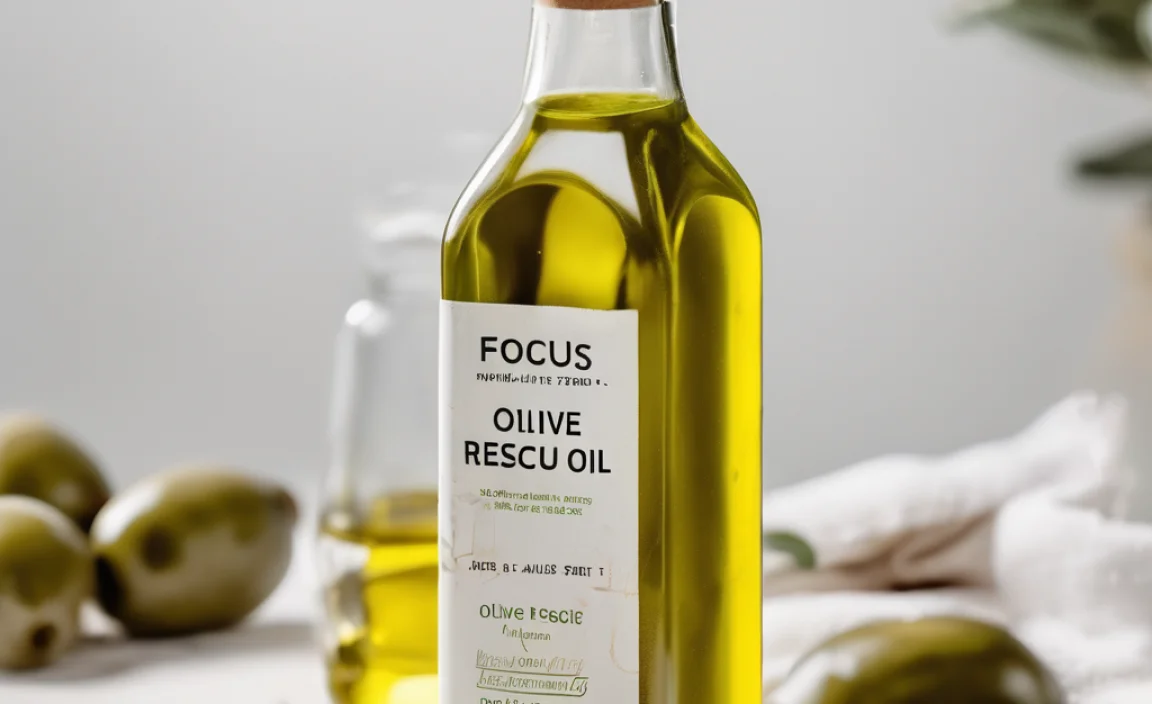
The golden rule for any stain, especially oil on white fabric, is speed. The sooner you address an olive oil stain, the easier it will be to remove. Fresh stains haven’t had time to bond with the fabric fibers, whereas old, set-in stains require more effort and potentially stronger treatments.
What You’ll Need: Your Stain-Fighting Arsenal

Before you begin, gather these essential items. Having them ready means you can act quickly if a spill occurs.
Essential Supplies:
- Paper towels or absorbent cloths
- A clean, white cloth or sponge
- Mild liquid dish soap (e.g., Dawn, Fairy)
- Baking soda or cornstarch (optional, for absorbing excess oil)
- Old toothbrush or soft-bristled brush
- A good quality laundry detergent
- Cold water
Step-by-Step Guide to Removing Olive Oil Stains
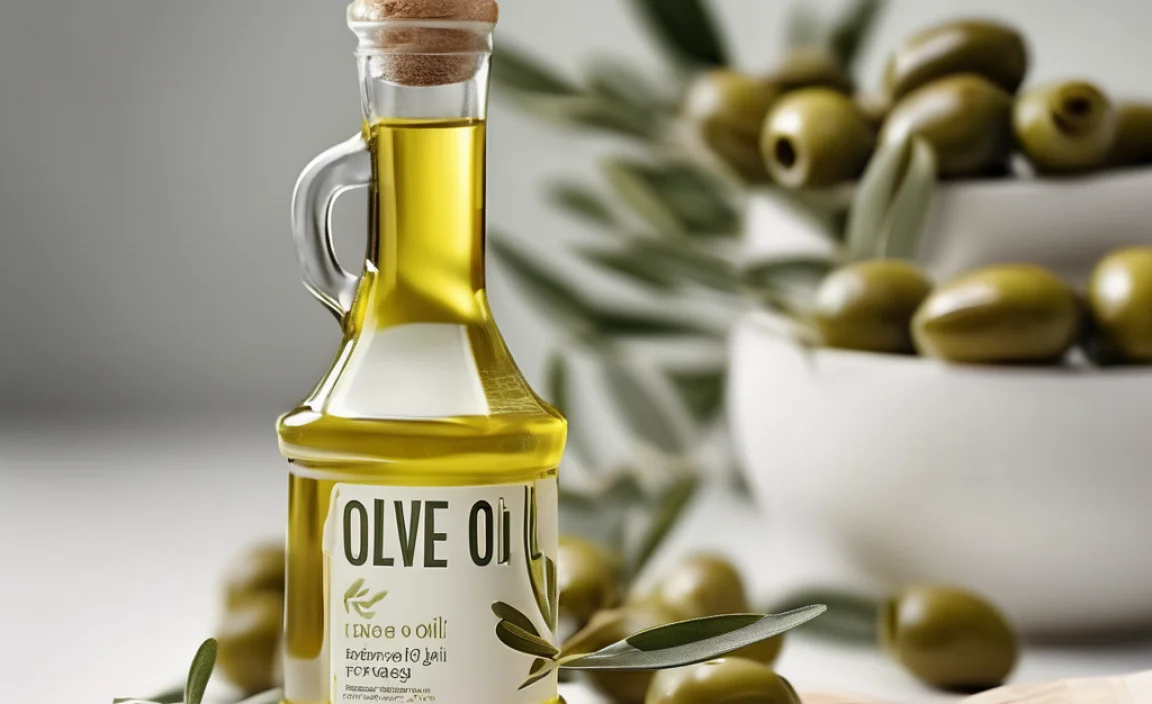
Follow these straightforward steps to effectively remove olive oil from your white jeans. Remember to be gentle to protect the fabric.
Step 1: Blot Immediately
As soon as you notice the stain, resist the urge to rub it. Rubbing can spread the oil and push it deeper into the fabric. Instead, take clean paper towels or a dry cloth and gently blot the stained area. Your goal is to absorb as much of the excess oil as possible. Press down firmly but don’t scrub.
Step 2: Absorb Remaining Oil (Optional but Recommended)
For really fresh, significant spills, a loose powder can help lift out more oil before you introduce liquid. Generously sprinkle baking soda or cornstarch directly onto the stain. These powders are absorbent and will draw out the oily residue trapped in the fibers. Let the powder sit for at least 15-30 minutes, or even longer if possible. The powder may start to clump as it absorbs the oil.
After the powder has had time to work, gently brush it off using your soft-bristled brush or an old toothbrush. You can also use a vacuum cleaner with an upholstery attachment for a thorough removal of the powder.
Step 3: Apply a Degreasing Agent
This is where the real stain-fighting power comes in. Liquid dish soap, particularly those formulated to cut grease, is your best friend here. Apply a good amount of mild liquid dish soap directly onto the stained area. You want enough to cover the stain completely.
Using your finger or a soft brush, gently work the dish soap into the fabric. Be thorough but avoid harsh scrubbing. Let the dish soap sit on the stain for about 5-10 minutes to allow it to break down the oil. You should see the soap start to lift the oil from the fibers.
Step 4: Rinse with Cold Water
After letting the dish soap work its magic, rinse the treated area thoroughly with cold water. You can do this under a tap or use a clean, damp cloth. The cold water helps to flush away both the loosened oil and the dish soap. Check the stain – if it’s still visible, repeat Step 3 and Step 4.
Step 5: Launder as Usual (with a Caution)
Now it’s time to wash your white jeans. Before you toss them in the washing machine, check the care label on your jeans for specific washing instructions. Generally, for white jeans, you’ll want to wash them in the hottest water recommended by the garment care label, along with your regular laundry detergent. Hot water can help activate the detergent’s cleaning power to remove any remaining traces of oil.
Important Note: Do NOT put your white jeans in the dryer until you are absolutely certain the stain is gone. Heat from the dryer will permanently set any remaining oil stain, making it nearly impossible to remove later.
Step 6: Inspect Before Drying
After the wash cycle is complete, carefully inspect the stained area while the jeans are still wet. Hold them up to a good light source. If you can still see any trace of the stain, repeat the cleaning process from Step 3. You might need to try a stronger stain remover specifically designed for grease or oil if home remedies aren’t fully effective.
Step 7: Dry Once the Stain is Gone
Once you are confident that the olive oil stain has been completely removed, you can dry your white jeans. Tumble dry on a low heat setting or air dry them, depending on your preference and the care label instructions. Air drying is often gentler on fabrics.
Alternative Stain Removal Methods
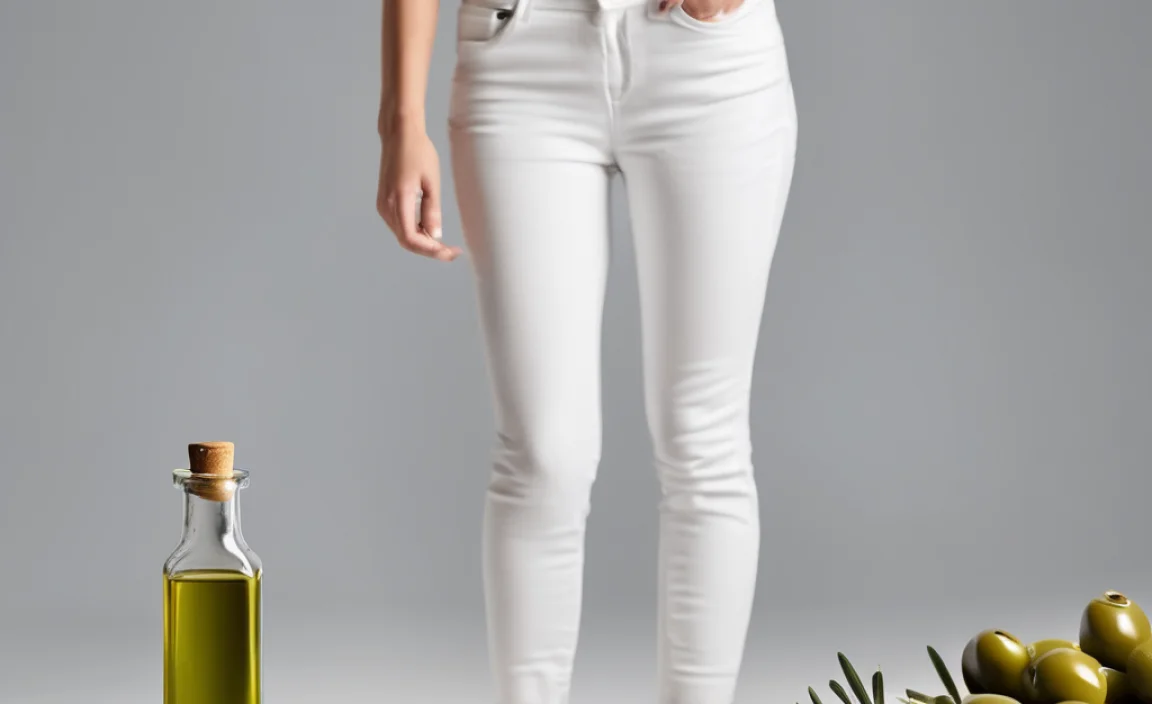
Sometimes, persistent stains might require a slightly different approach. Here are a few alternative methods that can be effective:
Method 1: Using a Commercial Stain Remover
If home remedies aren’t cutting it or for very stubborn stains, a good commercial stain remover designed for grease and oil can be very effective. Look for products specifically formulated for laundry. Follow the product’s instructions carefully, as they often involve applying the remover and letting it sit before washing.
Example Products:
- Shout Advanced Ultra Concentrated Gel
- OxiClean Versatile Stain Remover
- Zout Laundry Pre-treatment Spray
Always test a new stain remover on an inconspicuous area of the jeans first to ensure it doesn’t damage the fabric or cause discoloration.
Method 2: Rubbing Alcohol
Rubbing alcohol (isopropyl alcohol) can also be a surprisingly effective solvent for oil-based stains. Dampen a clean white cloth with rubbing alcohol and gently blot the oil stain. Work from the outside of the stain inwards to prevent spreading. Once the stain appears lifted, rinse with cold water and then proceed with washing your jeans as usual.
Method 3: White Vinegar and Laundry Detergent Paste
A paste made from white vinegar and laundry detergent can also work. Mix equal parts of white vinegar and liquid laundry detergent until a paste forms. Apply this paste to the stain, rub it in gently, and let it sit for about 5-10 minutes before rinsing with cold water and washing your jeans.
Factors Affecting Stain Removal Success
Several factors can influence how easily an olive oil stain comes out of your white jeans. Understanding these can help manage expectations and guide your approach.
| Factor | Impact on Stain Removal | Explanation |
|---|---|---|
| Age of Stain | High | Fresh stains are easier to remove than old, set-in stains because they haven’t had as much time to bond with the fabric fibers. |
| Type of Fabric | Medium | While denim is generally durable, the weave and any pre-treatments (like distressing or fabric finishing) can slightly affect how the oil penetrates and how easily it’s removed. Pure cotton is more absorbent than synthetic blends. |
| Amount of Oil | Medium | A light splash is much easier to tackle than a large, greasy spill. More oil means more to absorb and break down. |
| Heat Exposure | High | Heat from a dryer or an iron will permanently set oil stains, making them extremely difficult, if not impossible, to remove. Always inspect before applying heat. |
| Speed of Action | High | Acting quickly is paramount. The faster you blot and treat the stain, the less time it has to penetrate and set. |
Preventing Future Olive Oil Stains
While accidents happen, a few proactive steps can help minimize the risk of olive oil stains on your white jeans:
- Be Mindful When Cooking: Wear an apron or older clothes when you’re working with olive oil in the kitchen.
- Dine with Caution: When eating meals that involve oily dressings or sauces, be extra careful. Use a napkin to shield your jeans, especially if you’re wearing white.
- Napkins are Your Friend: Always have a napkin on hand when consuming foods that might drip oil.
- Transfer Oils Smartly: When pouring olive oil, ensure the spout is clean and pour slowly and steadily.
Common Questions About Olive Oil Stains on White Jeans
Q1: Can I use a dryer sheet to remove an olive oil stain?
No. Dryer sheets are designed to reduce static and add fragrance. They do not have the degreasing properties needed to break down oil stains. In fact, using heat from a dryer before the stain is gone will make it permanent.
Q2: How long should I let the dish soap sit on the stain?
For best results, let the mild liquid dish soap sit on the olive oil stain for about 5-10 minutes. This gives the soap ample time to start breaking down the oil molecules.
Q3: What’s the best way to treat a very large olive oil spill on white jeans?
For a large spill, first blot as much excess oil as possible with paper towels. Then, cover the entire stained area generously with baking soda or cornstarch and let it sit for at least an hour (or overnight if possible) to absorb the oil. Brush off the powder and then proceed to treat the remaining stain with liquid dish soap.
Q4: Can I use bleach on olive oil stains on white jeans?
While tempting for white fabrics, chlorine bleach can sometimes react with oil and set the stain further, or even yellow the fabric. It’s generally safer to use a degreasing agent first. If you choose to use bleach, dilute it properly and test it on an inconspicuous area first. OxiClean or oxygen-based bleaches are often a safer alternative for general stain removal.
Q5: My stain seems gone, but I’m worried about it reappearing after washing. What should I do?
The key is to ensure the stain is completely gone before drying. If you’re unsure, it’s best to let the jeans air dry first and then inspect them in good natural light. If a faint mark is still visible, repeat the stain removal process. If you dry them and the stain reappears, it is likely set and much harder to remove.
Q6: What if the stain is on a part of the jeans that can’t be easily rubbed, like embroidery?
For delicate areas or intricate details, be extra cautious. Instead of rubbing, gently dab with a clean cloth soaked in your chosen cleaning solution. You might also try laying the jeans flat and applying a small amount of the solution directly to the stain, letting it soak in before gently blotting.
Conclusion: Confidently Wearing White Jeans Again
Dealing with an olive oil stain on your white jeans might seem daunting, but as you’ve seen, it’s a completely manageable situation. By acting fast, blotting effectively, using the right degreasing agents, and always inspecting before drying, you can effectively rescue your favorite white denim. Remember the power of simple dish soap and a little patience. With these proven techniques, you can wear your white jeans with confidence, knowing you have the know-how to handle any unexpected spills. Keep these tips handy, and your white jeans will remain a stylish staple in your wardrobe for years to come.


